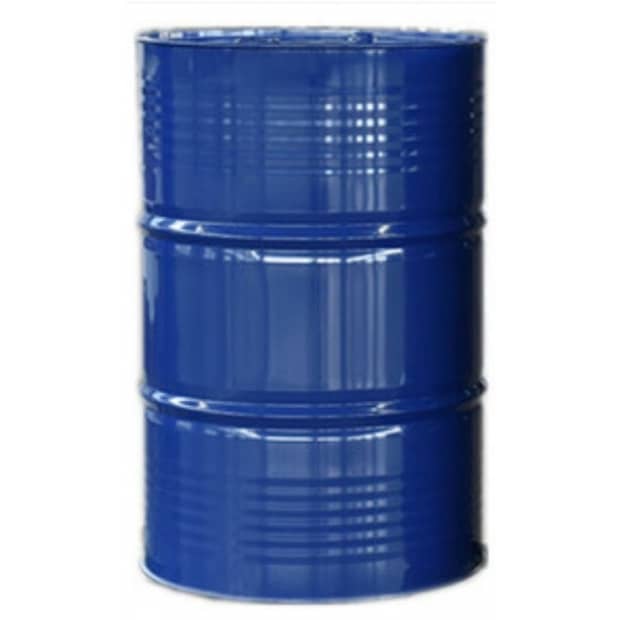Alcohols
DETAIL
Methanol consists of a methyl group linked to a polar hydroxyl group. it is used as a precursor to other commodity chemicals, including formaldehyde, acetic acid, methyl tert-butyl ether, methyl benzoate, anisole, peroxyacids, as well as a host of more specialised chemicals.
Formaldehyde, acetic acid, methyl tert-butylether
Methanol is primarily converted to formaldehyde, which is widely used in many areas, especially polymers. The conversion entails oxidation:
Acetic acid can be produced from methanol.
Methanol and isobutene are combined to give methyl tert-butyl ether (MTBE). MTBE is a major octane booster in gasoline.
Methanol to hydrocarbons, olefins, gasoline
Condensation of methanol to produce hydrocarbons and even aromatic systems is the basis of several technologies related to gas to liquids. These include methanol-to-hydrocarbons (MTH), methanol to gasoline (MTG), methanol to olefins (MTO), and methanol to propylene (MTP). These conversions are catalyzed by zeolites as heterogeneous catalysts. The MTG process was once commercialized at Motunui in New Zealand.
Gasoline additive
The European Fuel Quality Directive allows fuel producers to blend up to 3% methanol, with an equal amount of cosolvent, with gasoline sold in Europe. China uses more than 4.5 billion liters of methanol per year as a transportation fuel in low level blends for conventional vehicles, and high level blends in vehicles designed for methanol fuels.
Other chemicals
Methanol is the precursor to most simple methylamines, methyl halides, and methyl ethers.[18] Methyl esters are produced from methanol, including the transesterification of fats and production of biodiesel via transesterification.[43][44]
Niche and potential uses
Energy carrier
Methanol is a promising energy carrier because, as a liquid, it is easier to store than hydrogen and natural gas. Its energy density is however low reflecting the fact that it represents partially combusted methane. Its energy density is 15.6 MJ/L, whereas ethanol's is 24 and gasoline's is 33 MJ/L.
Further advantages for methanol is its ready biodegradability and low environmental toxicity. It does not persist in either aerobic (oxygen-present) or anaerobic (oxygen-absent) environments. The half-life for methanol in groundwater is just one to seven days, while many common gasoline components have half-lives in the hundreds of days (such as benzene at 10–730 days). Since methanol is miscible with water and biodegradable, it is unlikely to accumulate in groundwater, surface water, air or soil.[45]
Fuel
Main articles: Methanol fuel and methanol economy
Methanol is occasionally used to fuel internal combustion engines. It burns forming carbon dioxide and water:
One problem with high concentrations of methanol in fuel is that alcohols corrode some metals, particularly aluminium. Methanol fuel has been proposed for ground transportation. The chief advantage of a methanol economy is that it could be adapted to gasoline internal combustion engines with minimum modification to the engines and to the infrastructure that delivers and stores liquid fuel. Its energy density is however only half that of gasoline, meaning that twice the volume of methanol would be required.
Methanol is an alternative fuel for ships that helps the shipping industry meet increasingly strict emissions regulations. It significantly reduces emissions of sulphur oxides (SOx), nitrogen oxides (NOx) and particulate matter. Methanol can be used with high efficiency in marine diesel engines after minor modifications using a small amount of pilot fuel (Dual fuel).
In China, methanol fuels industrial boilers, which are used extensively to generate heat and steam for various industrial applications and residential heating. Its use is displacing coal, which is under pressure from increasingly stringent environmental regulations.
Direct-methanol fuel cells are unique in their low temperature, atmospheric pressure operation, which lets them be greatly miniaturized. This, combined with the relatively easy and safe storage and handling of methanol, may open the possibility of fuel cell-powered consumer electronics, such as laptop computers and mobile phones.
Methanol is also a widely used fuel in campin

